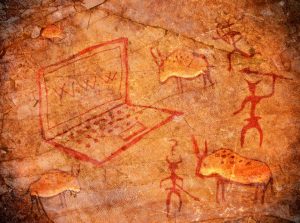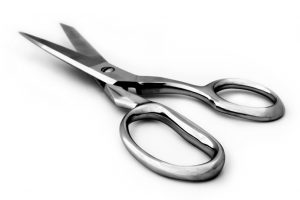
If you have a structured approach to storing your files, and even have a very organized system of folders and subfolders, getting to a folder or file you use often can require a lot of clicking! By using a shortcut, you can save some time.
A shortcut is a little file or icon that appears on your desktop, or in fact, anywhere on your computer, that simply points to a file or folder. It is not a copy of that file, so clicking the shortcut, or opening the file from the folder in which it is saved achieves the same thing.

The easiest way to create a shortcut is to go to the file or folder you would like to link to, and without opening it, right click it and select “Send To”. Then select “Desktop (Create Shortcut)”. This works for both folders and individual files. The shortcut file will now appear on your desktop.

Go to your desktop now and locate the shortcut file. It will be named the same as the folder or file you linked to, and is distinguished from other files by the little arrow that appears on the bottom left hand corner of the icon. To open the file or folder, simply double click the shortcut.

To move the shortcut to another location, right click it and select “CUT”, then go to the folder you want to move it to and press the CTRL and V keys together to paste it into the folder. Remember that if you need to send the file by email, you must attach the actual file, not the shortcut, as the recipient will not be able to access it using this shortcut.

To rename the shortcut, click on the file and press the F2 key on your keyboard. This will allow you to type in a new name. When finished, press the enter key. The shortcut can be deleted as you would any other file – deleting the shortcut does not delete the file it links to.






